Last updated on May 28, 2024
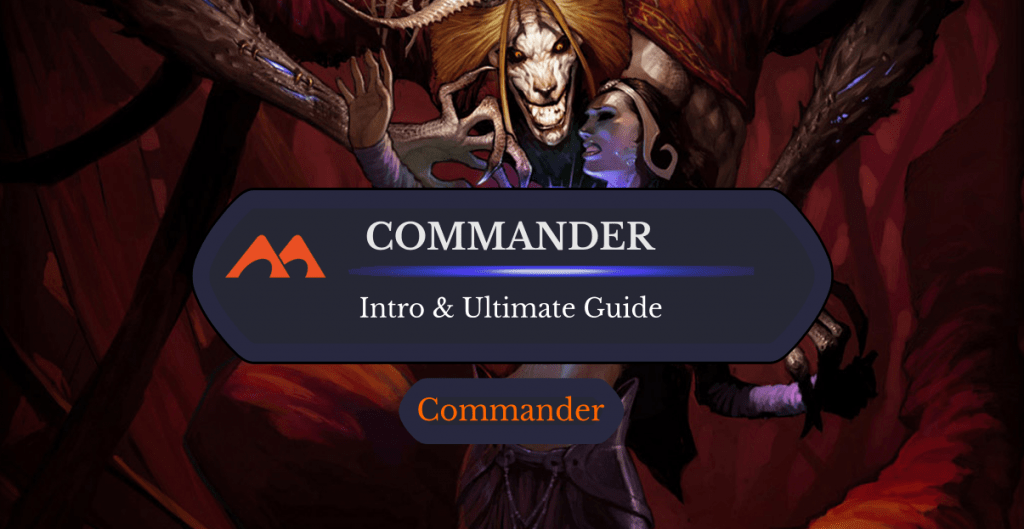
Demonic Tutor | Illustration by Scott Chou
When you started playing Magic, odds are that you were playing a deck that was just a combination of some of the cards you owned. Cards that you liked (and had enough of in the first place) to put in one big pile and call it your deck.
This simplicity is my most missed characteristic of the typical Constructed formats like the rotating Standard and eternal Modern. Not only do you have a more narrow range of cards but you also need to get up to four of each.
Commander’s success in both casual and competitive settings can be attributed to many of its qualities. The wide range of legal cards and how easy it is to get your hands on them are two of its best. But what else is there to know about this popular format?
Hold on to your hats, I’m about to dive right in.
What Is the Commander Format?

Sol Ring | Illustration by Mike Bierek
Commander, also known as Elder Dragon Highlander (EDH), is a singleton format that revolves around building 100-card decks that usually work around a single card: that deck’s “commander.” Commander has its own set of unique rules that separates it from the typical Constructed formats.
The Rules of Commander
Commanders (with rare exceptions) must be a legendary creature and your deck can only include cards with mana symbols that are present on your commander’s card face (this is their color identity). This means if your commander is a card like Morophon, the Boundless, then your deck can use any cards as all five color symbols are present on the card.
Alternatively, if your commander is a colorless card with no colored mana symbols like Kozilek, the Great Distortion, then you’d be limited to colorless cards plus wastes instead of basic lands.
When your commander dies, you can recast it, but you have to pay a tax of additional mana each time.
A commander deck has to be exactly 99 cards, plus your commander.
You deck must include no more than one copy of each card (i.e., it’s singleton). No playsets required here (woohoo!). This rule is what helps Commander be such an accessible format for players on a budget as well as what leads to players having unique and creative ways to play. There's no need to buy four of each on-color fetch or shock land. This saves you the price of a used car payment each time you build a deck.
There’s also an alternative way to win than regular damage. Every time a commander deals combat damage to a player it also does commander damage. If a player receives 21 or more commander damage from a single commander throughout the course of the game, they lose.
Your starting life total in EDH is 40 instead of 20 and the format runs as a free-for-all between two to six players, often a table of four.
Format Characteristics
The higher life total and multiplayer aspects mean that games not only go much longer but also offer a wide variety of ways to interact with your opponents. Removal spells like Lightning Bolt are often swapped for cards that affect each opponent or every player. Strategies like group hug, where you deliver table-wide benefits to your opponents, become a very opportunistic game plan.
Join forces from Commander 2011 is a good example of a group hug mechanic.
Cards like Heartbeat of Spring ramp everyone into their threats as early as possible and Dictate of Kruphix gives them the resources to keep going. Group hug can be a unique and refreshing way to play Magic. Playing politics and forming secret alliances are standard methods of play and strategies that leave you as the last player standing are paramount in a multiplayer environment. Like in this Queen Marchesa-led EDH deck.
EDH vs. Commander? Which Is “Right”?
Commander’s origin dates back to a format called “Elder Dragon Highlander” that was nearly identical aside from the options you had to pick from for your “commander.” Instead of any legendary creature being your commander, players chose from one of the Elder Dragon creature cards printed in sets like Legends, Masters II, and Chronicles.
These original Elder Dragons include Arcades Sabboth, Chromium Rhuell, Nicol Bolas, Palladia-Mors, Vaevictis Asmadi, Ugin, and Piru, each representing a different 3-color combo except Ugin. These origins resulted in the format having the alternative and exchangeable title of “EDH.” This acronym is also used in the competitive Commander sub-format often referred to as “cEDH.”
Why Is Commander So Popular?
Commander’s success and popularity stem from its ability to act as both a casual format as well as one with a large level of creativity. There’s no serious meta-gaming aside from the ultra-competitive scene and the format allows players to build decks that represent their play styles. The scope of a typical Commander/EDH deck is much broader than that of a Standard deck that usually aims to reach a very narrow goal as efficiently as possible.
Commander also gives you the option to throw a bunch of “good stuff” cards into a pile, add in some mana fixing and table interaction, and just have it work. Your ability to politic and persuade acts as a sort of equalizer between your deck’s power level and that of your opponent’s deck.
My love for the format comes from two aspects. First is the part where I only need to buy one copy of Snapcaster Mage for my deck instead of four, and second is that it allows for interactions that simply don’t happen in any other format. Where else do you get to Cyclonic Rift an entire board of elves, dragons, and zombies in one turn? Certainly not Standard, that's for sure.
I don’t know of another format where I get to play Expropriate and hear three of my best friends groan in annoyance. Commander also gives cool cards like Blatant Thievery a home!
Commander-Legal Sets
Any card with white or black borders that was released by Wizards of the Coast is legal in Commander, with a few notable exceptions. This is in stark contrast to having a legal range of sets like in Modern or Pioneer. So as long as the cards you’re running aren’t acorn-foiled or silver-bordered from a promotional set like Unglued, and it's not on the ban list then you’re good to go!
Commander Banned List
Speaking of the ban list, here are all of the cards that are banned in Commander:
- 25 cards with the card type “Conspiracy.”
- 9 cards that reference “playing for ante.”
- Cards whose art, text, name, or combination thereof are racially or culturally offensive are banned in all formats.
- Ancestral Recall
- Balance
- Biorhythm
- Black Lotus
- Braids, Cabal Minion
- Chaos Orb
- Coalition Victory
- Channel
- Emrakul, the Aeons Torn
- Erayo, Soratami Ascendant
- Falling Star
- Fastbond
- Flash
- Gifts Ungiven
- Golos, Tireless Pilgrim
- Griselbrand
- Hullbreacher
- Iona, Shield of Emeria
- Karakas
- Leovold, Emissary of Trest
- Library of Alexandria
- Limited Resources
- Lutri, the Spellchaser
- Mox Emerald
- Mox Jet
- Mox Pearl
- Mox Ruby
- Mox Sapphire
- Panoptic Mirror
- Paradox Engine
- Primeval Titan
- Prophet of Kruphix
- Recurring Nightmare
- Rofellos, Llanowar Emissary
- Shahrazad
- Sundering Titan
- Sway of the Stars
- Sylvan Primordial
- Time Vault
- Time Walk
- Tinker
- Tolarian Academy
- Trade Secrets
- Upheaval
- Yawgmoth's Bargain
Where to Play Commander
Paper and IRL
Many Magic players ask the question: “Where can I play Commander IRL?” Lucky for us, Commander has grown more mainstream. Commander Nights and Parties are in-person events connected to the release of some sets, with promotional support from Wizards. In addition to playing in casual pods with friends, local game stores run their own casual Commander events. My LGS has even made an entire weekly event called “Commander Monday” that separates players into random pods based on the strength of their deck. Commander also found a permanent home in the side events at many Magic conventions and gatherings.
MTGO
MTG Online has long offered both 1v1 and multiplayer Commander games in both casual and league formats. It offers a great alternative to paper Commander thanks to the affordability of buying singles on the platform.
MTG Arena
MTG Arena has far fewer cards pulling from Ixalan onward, plus a few anthologies and remastered sets. Many of the sets that would be legal in Commander aren’t accessible on the platform. Historic Brawl is the closest workaround. This is essentially the Arena variant of Commander/EDH, the big differences being the ability to put a planeswalker into the command zone, and the only legal cards are the cards in Historic, which includes all cards on MTG Arena except for a few banned cards (looking at you, Oko, Thief of Crowns).
Commander Precons and WotC Decks
With every new set comes a new set of preconstructed Commander decks from WotC for us to pick from. These decks offer a bang-for-your-buck type entry into the format and usually come with Commander staples like Sol Ring and Arcane Signet. Each release covers a variety of themes and play styles within each deck and is a solid choice in terms of content and value for new players.
Tricky Terrain
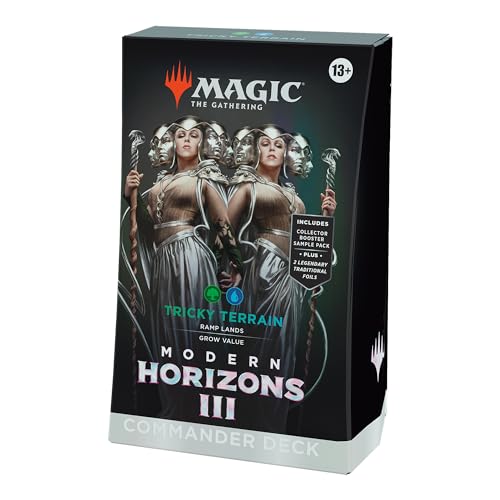
Tricky Terrain is a Simic () land ramp deck, and if you haven't tried one of these decks in Commander, a typical card searches a land from your library and has a downside of drawing a card. You get access to the best counter spells, the biggest creatures and some of the best win you the game cards.
- POWERFUL RIGHT OUT OF THE BOX—Battle your friends with powerful creatures and spectacular spells with a 100-card Commander Deck that’s ready to defeat your opponents right out of the box
- SOW THE SEEDS OF DEVASTATION—Ramp up with Lands, then send your mightiest monsters out swinging with this deadly Green-Blue deck
- INTRODUCES 15 COMMANDER CARDS—This deck introduces 15 never-before-seen Commander cards to Magic: The Gathering, including 2 foil Legendary Creature cards
- COLLECT SPECIAL TREATMENT CARDS—Each deck also comes with a 2-card Collector Booster Sample Pack containing 2 alt-border cards from the Modern Horizons 3 set, including 1 Rare or Mythic Rare and at least 1 Traditional Foil card
- YOUR NEW FOREVER FAVORITES—Introducing a heaping helping of exciting cards plus the return of competitive favorites, there’s something for everyone to love in Modern Horizons 3 Commander Decks
Grand Larceny

Commander tables are filled with great cards, and your opponents have more than you do, so the Grand Larceny deck takes cards from your opponent and lets you use them. The beauty of this is your opponents often lose their options to respond to your deck.
- WHAT’S THEIRS IS YOURS—Steal cards from your friends, then defeat them with all the shiny spells you’ve stolen with this Black-Green-Blue deck that’s ready-to-play right out of the box
- EPIC MULTIPLAYER BATTLES—Commander is a multiplayer way to play Magic, an epic, free-for-all battle full of strategic plays and social intrigue
- INTRODUCES 10 COMMANDER CARDS—This deck introduces 10 never-before-seen Commander cards to Magic: The Gathering, including 2 foil Legendary Creature cards (one of which is Borderless!)
- COLLECT SPECIAL TREATMENT CARDS—Each deck also comes with a 2-card Collector Booster Sample Pack containing 2 alt-border cards from the Outlaws of Thunder Junction set, including 1 Rare or Mythic Rare and at least 1 Traditional Foil card
- CONTENTS—1 ready-to-play Grand Larceny Outlaws of Thunder Junction Commander Deck, a 2-card Collector Booster Sample Pack, 10 double-sided tokens, 1 life tracker, and 1 deck box
Eldrazi Unbound
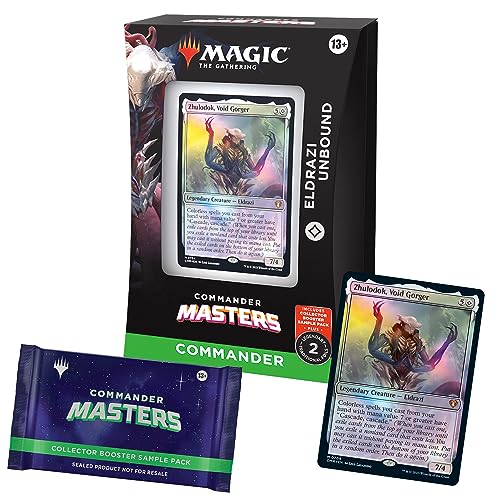
Eldrazi Unbound is colorless and headed by Zhulodok, Void Gorger with a strong emphasis on the cascade keyword ability. After six mana to cast your commander, you'll get great card advantage as long as you use the mana rocks to accelerate to the 7+ costing cards. It's important to keep a mix of mana values in this deck so you can reap huge value when your eldrazi-sized spells result in two more strong spells.
- POWERFUL RIGHT OUT OF THE BOX—Take your Commander game to the next level with a high-powered, ready-to-play deck
- PLAY WITH COMMANDER’S GREATEST HITS—Turn heads with a deck stacked with reprints of some of the greatest cards to grace Magic’s most popular format
- INTRODUCES 10 COMMANDER CARDS—Each Commander deck also introduces 10 never-before-seen Magic: The Gathering cards
- COLORLESS COMMANDER DECK—get the Eldrazi Unbound Commander Deck, a Colorless 100-card deck containing 2 Foil Legendary cards and 98 nonfoil cards, and battle your friends in epic, multiplayer games
- COLLECT SPECIAL TREATMENT CARDS—Each deck comes with a 2-card Collector Booster Sample Pack containing 2 special treatment cards from the Commander Masters set, including 1 Rare or Mythic Rare
Starter Commander Decks

The Starter Commander Deck Bundle is an excellent way to break into the format for a group of friends on a budget. For about $100, you get five unique decks to play around with and learn the format with. Each deck takes on a different two-color combination. You'll get to try out every classic synergy from Azorius fliers to Selesnya tokens.
- Bundle of all 5 Starter Commander Decks—First Flight, Grave Danger, Chaos Incarnate, Draconic Destruction, and Token Triumph
- Each deck contains 100 cards—1 Foil-Etched Legendary card + 99 nonfoil cards
- Each deck also comes with 1 deck box, 10 double-sided tokens, punchout counters, a strategy insert, and a reference card
- The perfect introduction to Magic’s most popular format—join your friends in epic multiplayer battles with a ready-to-play MTG deck
- Commander Game Format 2–5 players, around 120 minutes to play
Older Commander Precons
WotC has been giving players new precons on a regular basis since 2012 which means there’s a long list of precons to choose from. Draftsim, lucky enough, has evaluated all of the precons from 2017 onward for your choosing pleasure (plus a couple extras).
Take a look:
- Commander 2017
- Commander 2019
- Commander 2020
- Commander Legends
- Zendikar Rising Commander decks
- Kaldheim Commander decks
- Strixhaven Commander decks
- Forgotten Realms Commander decks
- Midnight Hunt Commander decks
- Crimson Vow Commander decks
- Neon Dynasty Commander decks
- New Capenna Commander decks
- Commander Legends: Battle for Baldur's Gate Commander decks
- Dominaria United Commander decks
- The Brother's War Commander decks
- Phyrexia: All Will Be One Commander decks
- March of the Machines Commander decks
- Lord of the Rings: Tales of Middle-earth Commander decks
- Commander Masters decks
- Wilds of Eldraine Commander decks
- Dr. Who Commander decks
- The Lost Caverns of Ixalan Commander decks
- Murders at Karlov Manor Commander decks
- Fallout Commander decks
- Outlaws of Thunder Junction Commander decks
- The Best Commander Precons
- The Cheapest Commander Precons
Popular Commanders and Deck Building Resources
So you’re a more advanced player and want to go beyond the power of the precons. Where do you start? With over 2,200 unique legendary creatures to choose from and more than 70 partner commanders there are nearly infinite routes to take building a Commander deck in a single lifetime. If you can think of a strategy or theme, then there's a commander that powers it.
The best way to get yourself going is to pick a central theme or color you want to play. This can be as open as “mono blue () fun stuff” or something much more narrow like “Jund () Hydras.”
The next step is the most obvious: pick a commander that promotes or empowers your chosen theme in a useful or consistent way (you could start with mono blue commanders or hydra commanders). This decision isn’t as easy as it seems. The choice can be overwhelming with so many options.
Luckily for you, we’ve already done the hard work and broken down a few of the best commanders in different categories to get you started:
- Best aristocrat commanders
- Best partner commanders
- Best partner with commanders
- Best 4-color commanders
- Best 5-color commanders
- Best dragon commanders
- Best Grixis commanders
- Best Mardu commanders
- Best Golgari commanders
- Best Selesnya commanders
- Best tribal commanders
- Best token commanders
- Best group hug commanders
- Best lands commanders
- Best land destruction commanders
- Best wall defender commanders
- Best goad commanders
- Best control commanders
- Best planeswalker commanders
The real fun begins once you have a theme and style established. There’s a near-infinite number of resources online about the best commander cards to include in any color, the best removal and board wipes, or the best tutors. There are even large databases like EDHREC which give you example decklists for various themes if you need inspiration.
We've also got a tier list of the best commanders, the most fun commanders, and a guide on how many lands you need to build a good deck.
Sample Theme: Azorius Flicker/Blink Commanders
Let’s say you’re looking to build an Azorius Flicker/Blink Commander deck and want to start from scratch. You have a couple of really strong choices here.
Brago, King Eternal offers an excellent way to benefit from a wide board of creatures with ETB effects. Grand Arbiter Augustin IV gives an overall cost reduction to all of your spells while hindering your opponents. Ephara, God of the Polis provides card advantage if you’re flashing in your blink creatures on your opponent's turns.
What you see here in your quest to pick our commander is a bunch of choices and roads to go down. This is the higher level of creativity and choice that Commander offers as a casual format. Brago gives you a very narrow and clear path while Grand Arbiter allows you to push your main goal while simultaneously benefiting you in multiple other ways.
There’s no right or wrong choice. It all depends on you and what you think will be the most fun for you. That’s the beauty of the format.
cEDH vs. Casual EDH
As with anything Magic there exists both a casual and ultra-competitive sub-format. Competitive Commander, often referred to as “cEDH,” is a unique breed of EDH that highlights decks that consistently win by combo-ing off as early as possible and killing everyone but yourself.
cEDH Decks
An extremely common way to do this is to create an infinite combo for mana through cards like Isochron Scepter and Dramatic Reversal paired with some mana rocks. They can then be used through outlets, like drawing your whole deck with Blue Sun's Zenith and winning off of a Thassa's Oracle or Laboratory Maniac. The theme of cEDH decks is using whatever means necessary to win.
Casual EDH Decks
Casual EDH, as the name suggests, is a much more laid-back and “for fun” format. This means that play groups typically follow the unwritten Rule 0, which is just “have fun.” Instead of winning as soon as possible through infinite combos that blow everybody up on turn 4, casual EDH games go much longer and include unique and exciting interactions that wouldn’t stand a chance in cEDH. Playing big ol’ eldrazi like Kozilek, the Great Distortion or group hug show-and-tell effects like Braids, Conjurer Adept is the name of the game.
Casual play groups sometimes set their own rules like “no tutors” or “no combos” to promote a play style and game that prevents players from being knocked out before they’ve even gotten comfortable at the table. This is all in the name of promoting a fun and welcoming environment where new players aren’t being crushed before they can play their third land.
Commander Variants
A few varieties and flavors of Commander have popped up since it began. These variants include formats such as Canadian Highlander, Oathbreaker, and Tiny Leaders. Each of these spinoff formats bring a refreshing ruleset that still resembles the official EDH we know and love.
Canadian Highlander
Canadian Highlander is a singleton format that shares lots of similarities with conventional EDH. It was first developed in (you guessed it) Canada. It may seem like Commander without the commander at first glance, but don’t let the fact that it's a singleton format fool you. The largest difference is the ban list, and the next one is called the “points list.”
Canadian Highlander’s ban list is identical Vintage’s ban list except for Lurrus of the Dream-Den since there is no sideboard. This means that all of the Power 9 as well as infamous cards like Mind Twist and Time Walk are legal.
The points list means that each deck is allocated ten points to “buy” some of the most powerful cards in the game.
Life totals are still at 20 in Canadian Highlander, and the games are 1v1, so the pace is significantly different. Locking your opponents out and refusing to let them play Magic is not only allowed but encouraged.
Commander Cube
Commander Cube is exactly what it sounds like: a cube meant to be drafted that creates 60-card Commander decks in a Limited format. The cube, over 900 cards tall, is drafted in a standard draft format with four 15-card packs or from a sealed kit of 120 cards.
There are a few rules for Commander Cube that aren’t present in traditional EDH:
- Mono-colored commanders can splash one color.
- Some legendary creatures can’t be used as commanders but can still be included in a decklist.
- Decks are a minimum of 60 cards with one commander.
- Each player receives one free Command Tower after the draft to use as mana fixing.
Commander Cube can be difficult to get going since the cube costs roughly $7,000 to own on paper. This means that players typically phantom draft online and then play their drafted decks on MTGO or another online card sim like Tabletop Simulator where they can access the cards they drafted.
Commander Jumpstart
Just in case you’re not familiar, Jumpstart is a Limited format where you combine two boosters and create a finished deck instead of drafting from three packs. The packs include lands, multiple rares, and all the cards needed to create a 40-card deck when combined. You can probably see where Commander Jumpstart is going.
With this EDH variant you combine two different Commander packs plus a third pack. This final pack includes a variety of lands, fixing, acceleration, and other 2-color cards that all revolve around the color combo you created with your first two packs.
This allows players to scratch their Commander itch while providing a refreshing scene. It also improves on the time it takes to get started since similar formats like Commander Cube can take up to two hours just to draft, let alone build your deck.
Duel Commander
If you like one-on-one commander, then you might like Duel Commander which starts you at 20 life and has specific ban lists for the commanders and individual cards. This format often draws players who want a more competitive version of EDH, Legacy players who enjoy eternal formats, and anyone looking for more in-person events.
Emperor
As a six-player format, Emperor lands close to a casual game night, and is like an evolved form of Two-Headed Giant with two teams of three attacking the single opposing leader. Players follow range of influence rules in which they can only attack opponents within one seat of them. This gives the game momentum, includes all players, and helps avoid isolated three-person pods.
Kingdoms
The Kingdoms variant of Commander gives 5-6 secret roles and objectives to each player which are only revealed after the game is completely over. Take a Plains, Island, Swamp, two Mountains, and one Forest, shuffle and deal one to each player. Here's the super-brief breakdown:
- Plains: The Monarch is the only role that is revealed, starts with 50 life, and must defeat all others unless the last is The Knight.
- Forest: The Knight must protect the Monarch at all costs and defeat all others.
- Swamp: The Assassin must be the last one to survive.
- Mountain: The Bandits. Two players that must eliminate the Monarch.
- Island: The Usurper‘s goal is to do the final bit of damage to the Monarch. If this happens, the usurper becomes the new monarch with refreshed life, while the former Monarch stays in the game as the new Usurper, but with one life. If you only have five players, this role can be left out.
Oathbreaker
In Oathbreaker, your commander must be a planeswalker, and you choose a signature instant or sorcery that can only be cast with your commander in play, and that spell always returns to the command zone. There's no commander damage, your life starts at 20 and you have a 60-card deck, so there's plenty of speed to this singleton format.
Pauper Commander
Pauper Commander is your chance to play Magic without the ultra-powerful cards that come at mythic and rare. You can take that build-around uncommon and make it your commander, since nonlegendary uncommons are allowed in your command zone. There's still lots of complexity and power at play, it leans less on individual card quality, and more on card synergies.
PreDH
The Commander format was not started by Wizards of the Coast, so PreDH celebrates some of the spirit of Commander from before any notion of Commander-focused preconstructed decks or reprints for commander. PreDH only plays with sets from 2011's New Phyrexia and older, basically, before Commander was recognized as an official format. Otherwise, the Commander rules are in full effect here.
Tiny Leaders
Last but not least is Tiny Leaders! This variant is very similar to Commander and comes with only a few differences:
- All cards, including the commander, must have a mana value of three or less.
- Decks are limited to 50 cards instead of 100.
- Players start at 25 life instead of 40.
- Hand sizes are a maximum of eight minus the number of cards in the command zone (typically seven unless you have partner commanders, in which case yours would be six).
- There are no commander damage win conditions.
These rules result in a much more unique format. Bomb creatures like Avenger of Zendikar are out and the tiny little 0/1 plants it would otherwise make are your go-tos.
Tiny leaders can be easy to get going since the card limitations present a narrower range of options and fewer cards needed to power a strategy. While the format isn’t as popular or supported, Tiny Leaders offers a refreshing and fun break from Commander.
Commander Communities
As with any kind of subculture or hobby, there’s more than one subreddit or Discord server attached to Commander. Here’s a list of a bunch of the relevant subreddits, Discords, podcasts, and YouTube channels that you might find useful or entertaining when it comes to EDH:
- The Canadian Highlander Discord is a great place to find games and players to play with online.
- EDH Subreddit covers many various topics about Commander.
- cEDH Subreddit has redditors that are competitors.
- Pauper EDH Subreddit is competitive with budgets on the mind.
- r/cEDH Discord Community a discussion board with brews, bling, and puzzles.
- PlayEDH Discord Community is great for finding online playgroups!
- Casually Competitive MTG YouTube Channel strives to take one step back from competitive play.
- Playing with Power MTG features gameplay and deck discussion.
- EDHREC The EDH database with decklists and data on card usage.
- EDHRECast The EDH-focused MTG Podcast by EDHREC.
- The Command Zone YouTube Channel is a production team behind a Commander-focused podcast, gameplay and occasional celebrities.
- MTG Muddstah YouTube Channel presents loads of summarized gameplay videos.
Commanding Conclusion
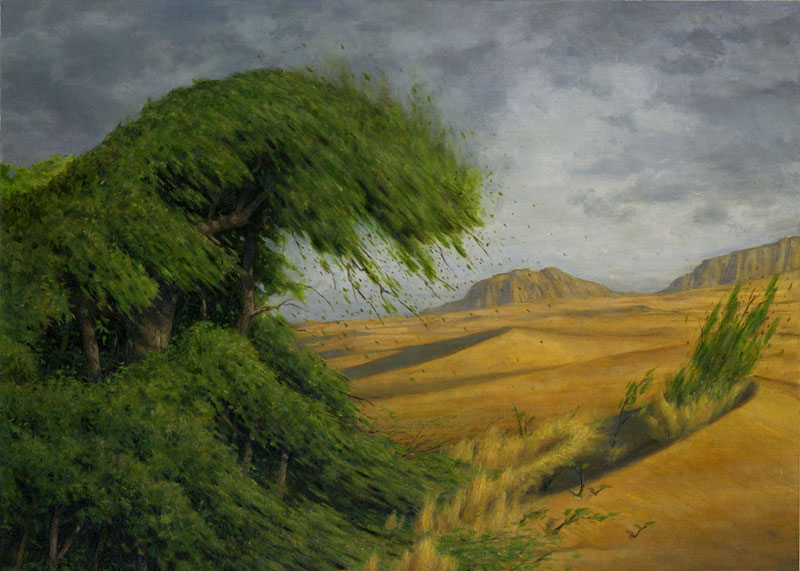
Rampant Growth | Illustration by Steven Belledin
That’s all there is to know about Commander. Except for these critical EDH deckbuilding tips. Have any suggestions or decklists you want to share? Leave a comment or head over to our Discord and talk to us there! I’ve been really interested in building a nice wizard commander that does nothing but draw cards and counter spells. My friends will think it's just awesome, right?… Right?
…
Guys?
Anyway, I hope this info was useful to you in your quest to understand more about what I think is the best format in Magic. Until next time, eat well, and stay healthy!
Note: this post contains affiliate links. If you use these links to make a purchase, you’ll help Draftsim continue to provide awesome free articles and apps.
Follow Draftsim for awesome articles and set updates: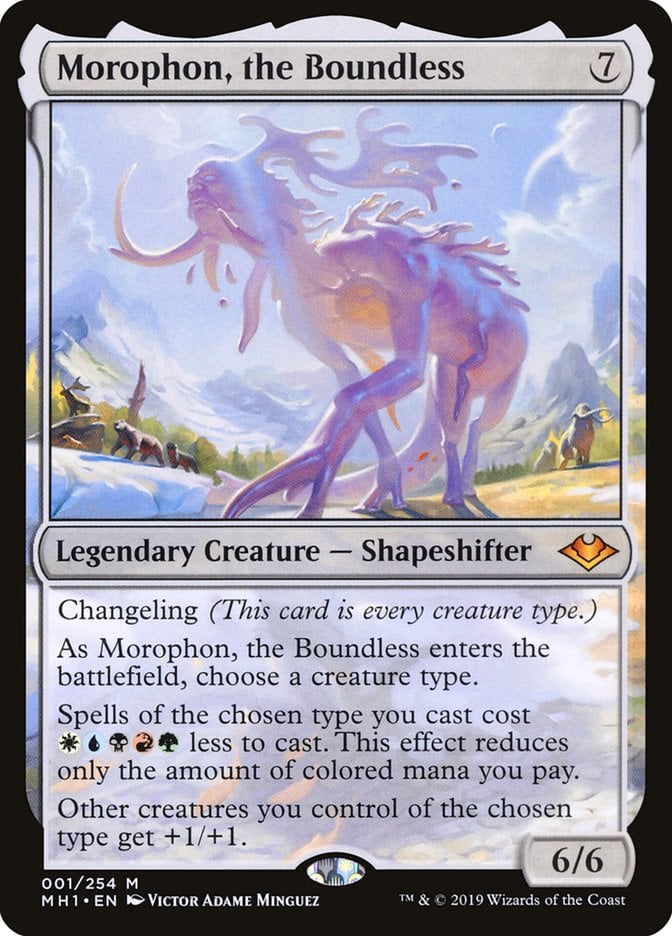

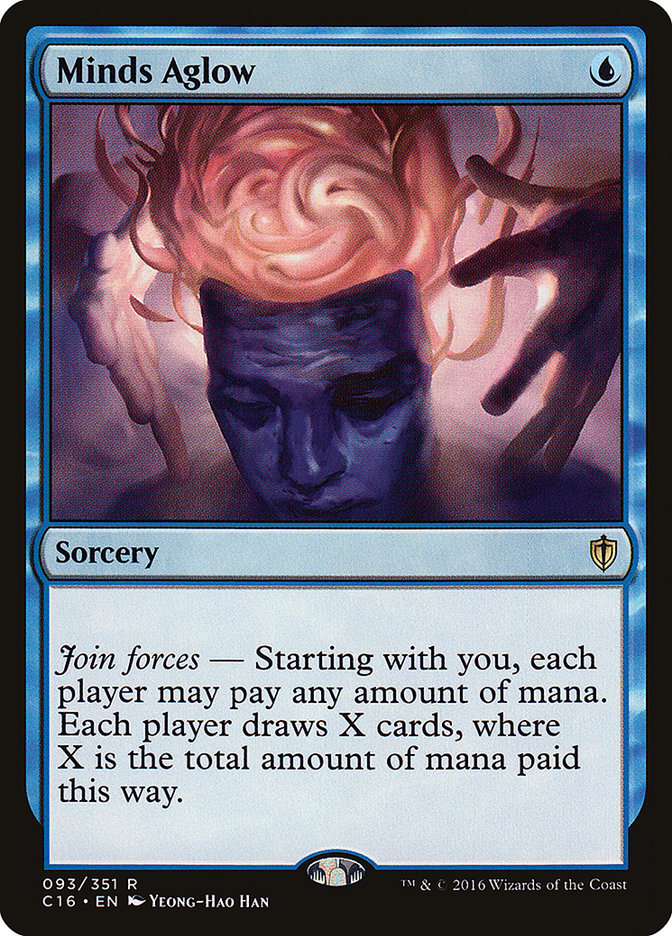
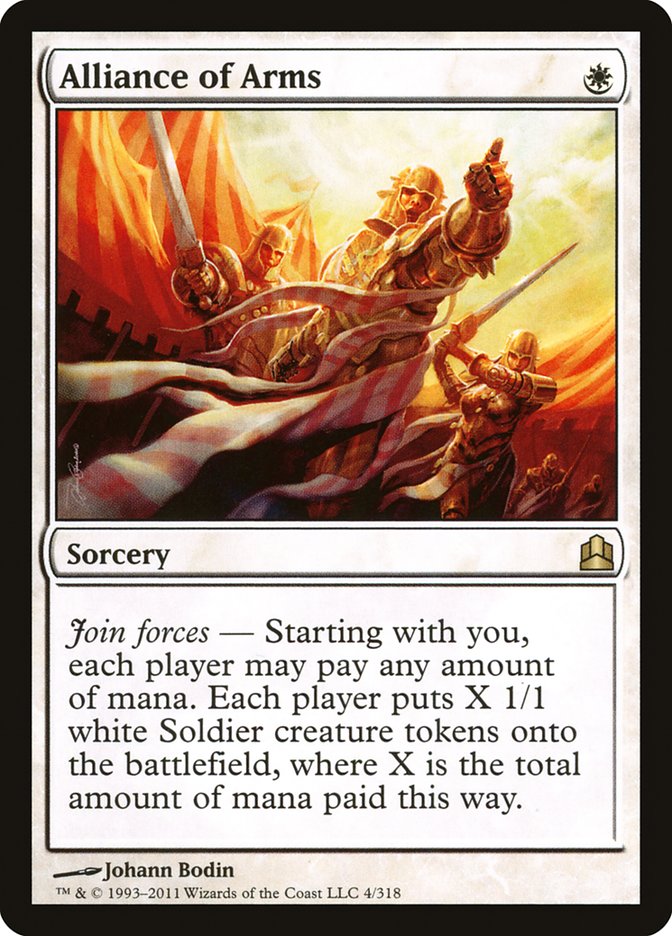
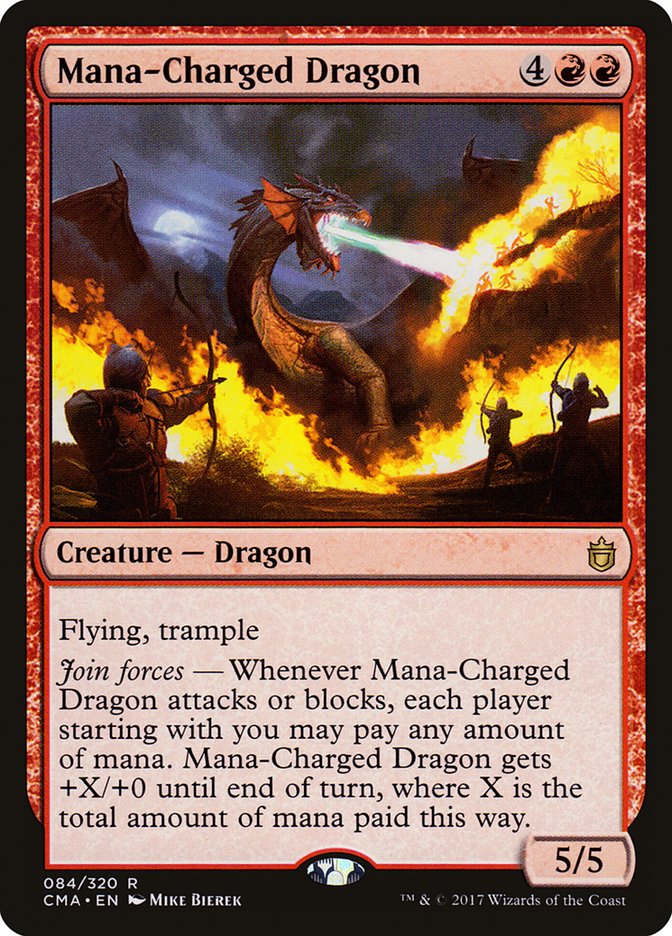

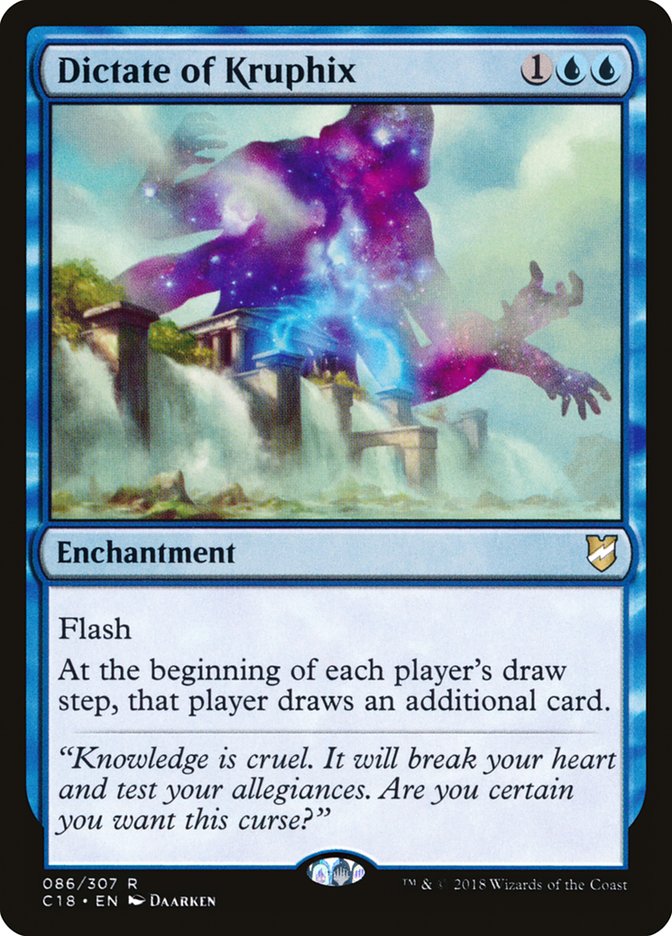
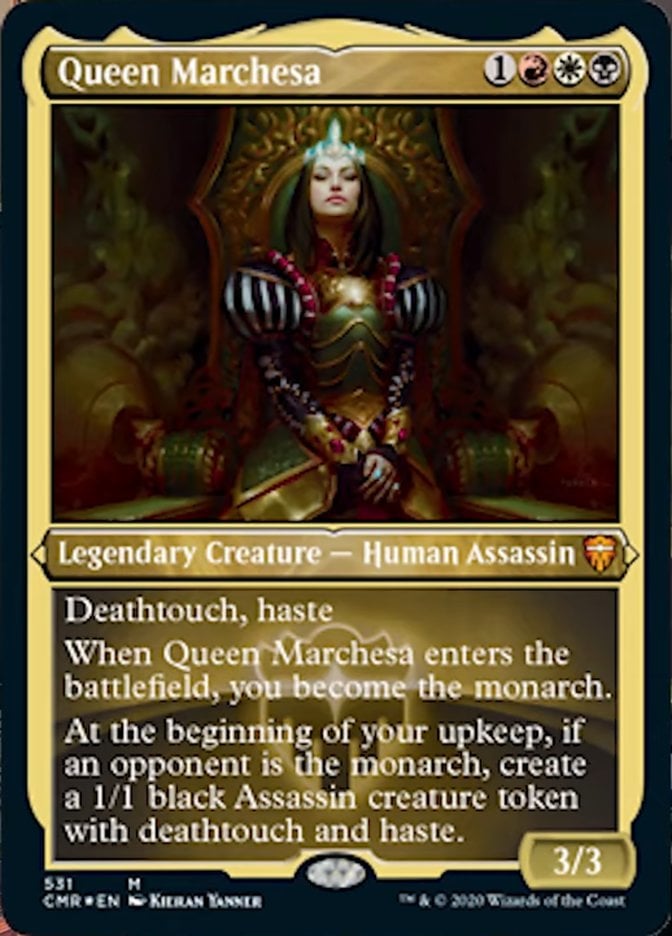
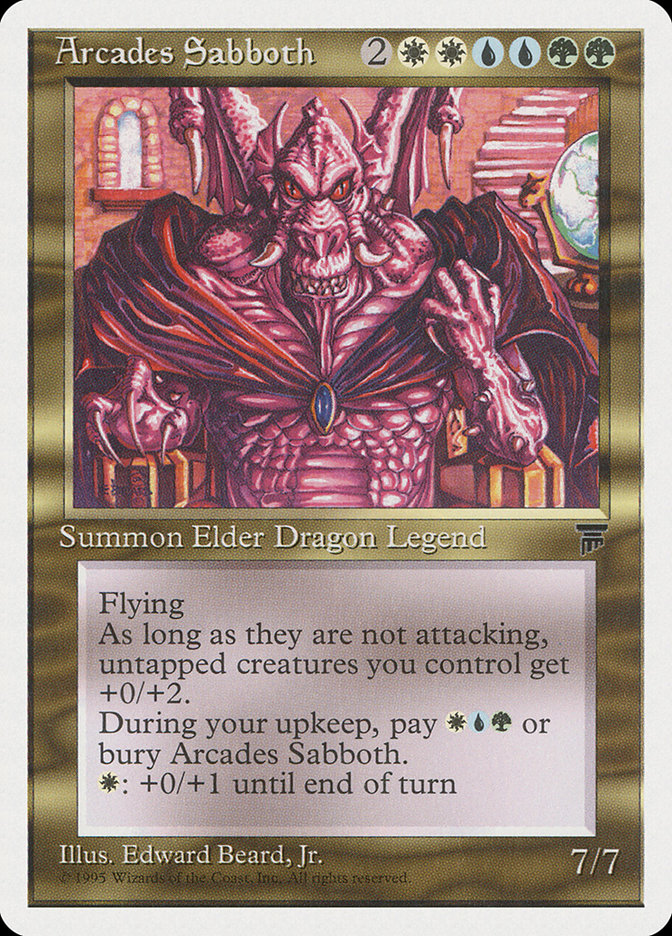
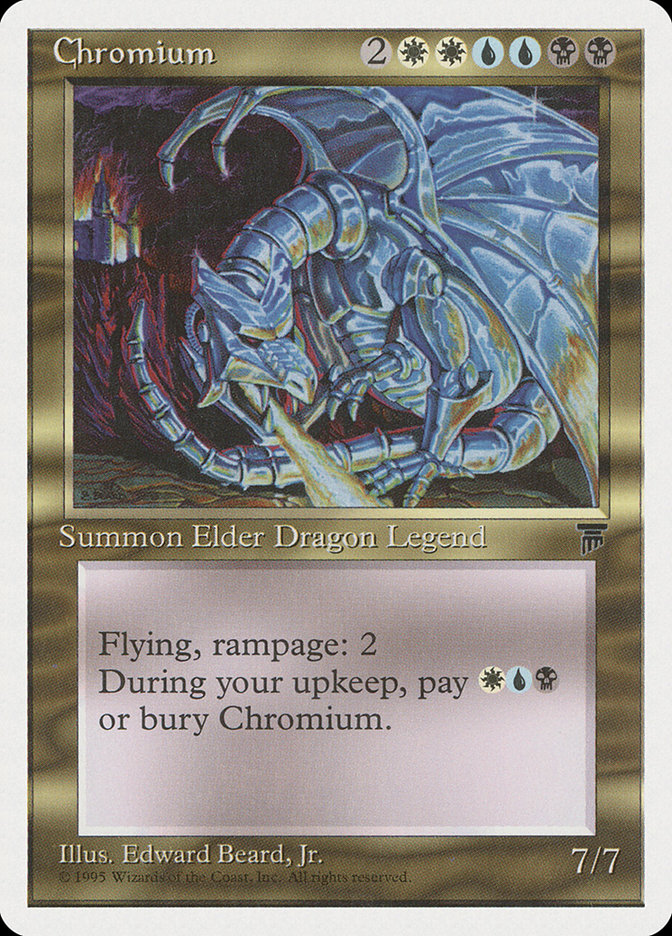
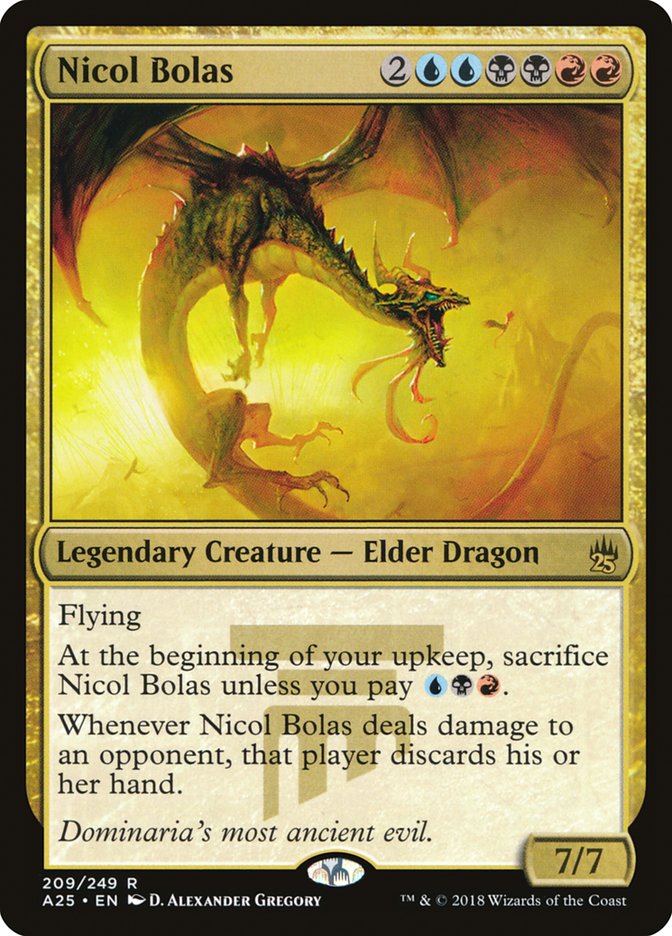

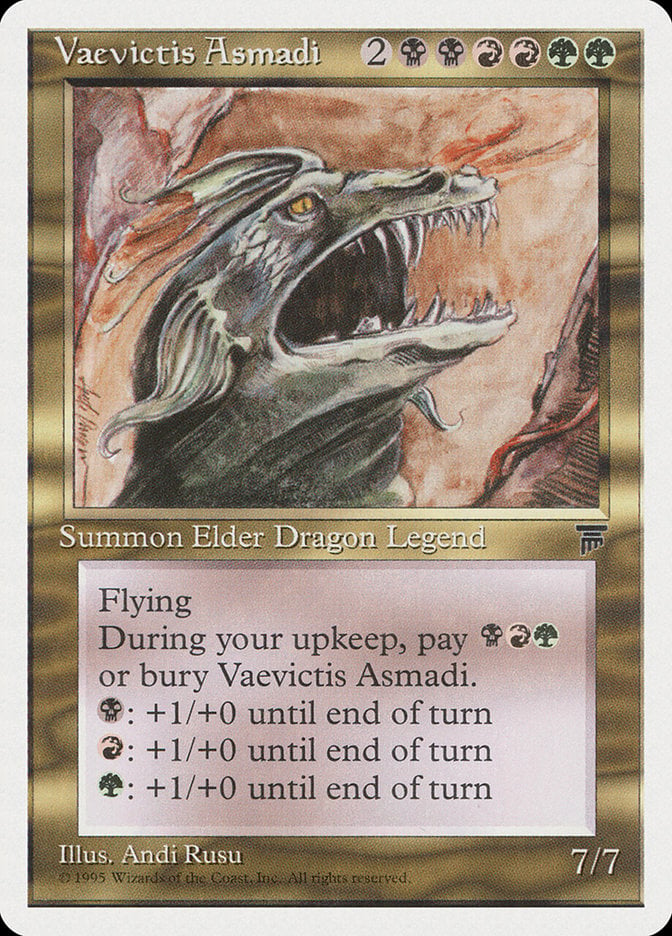
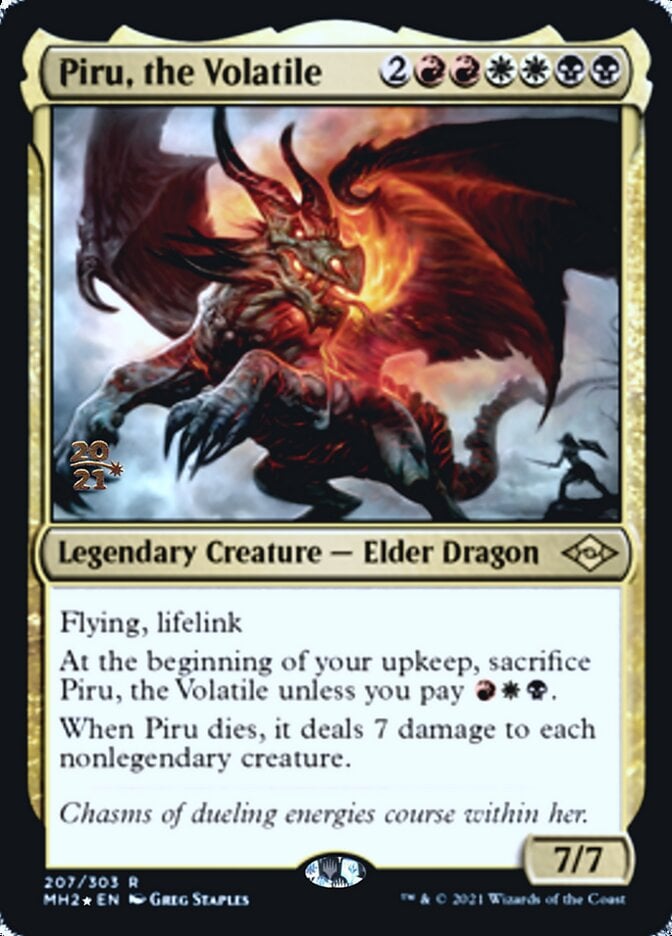
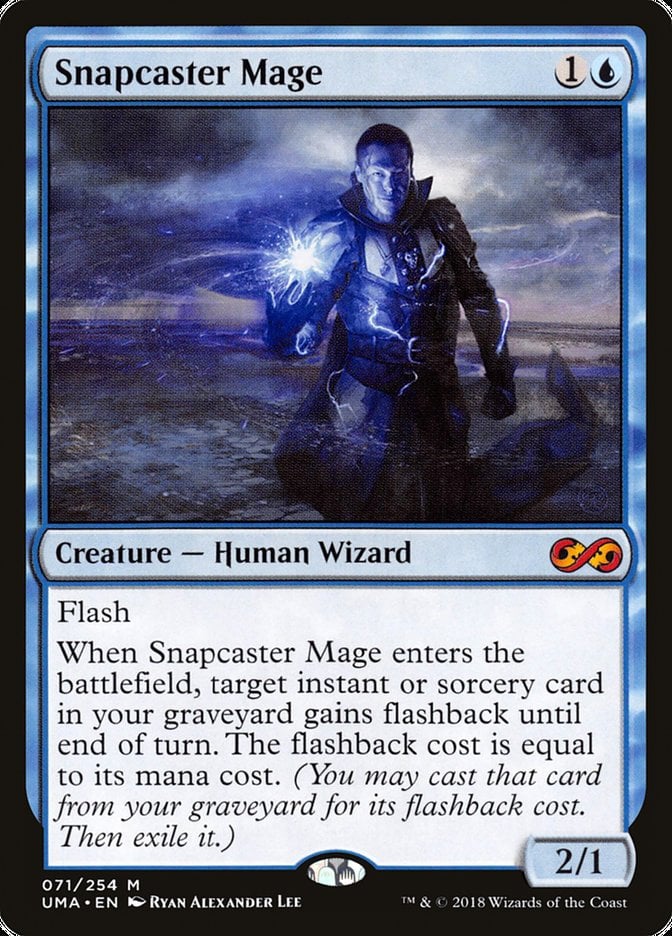
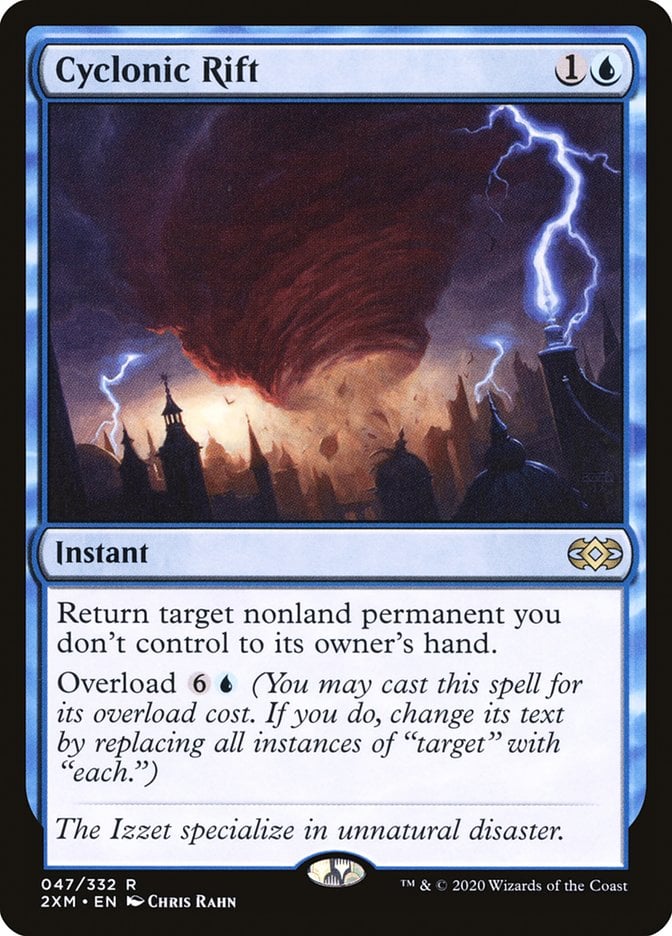
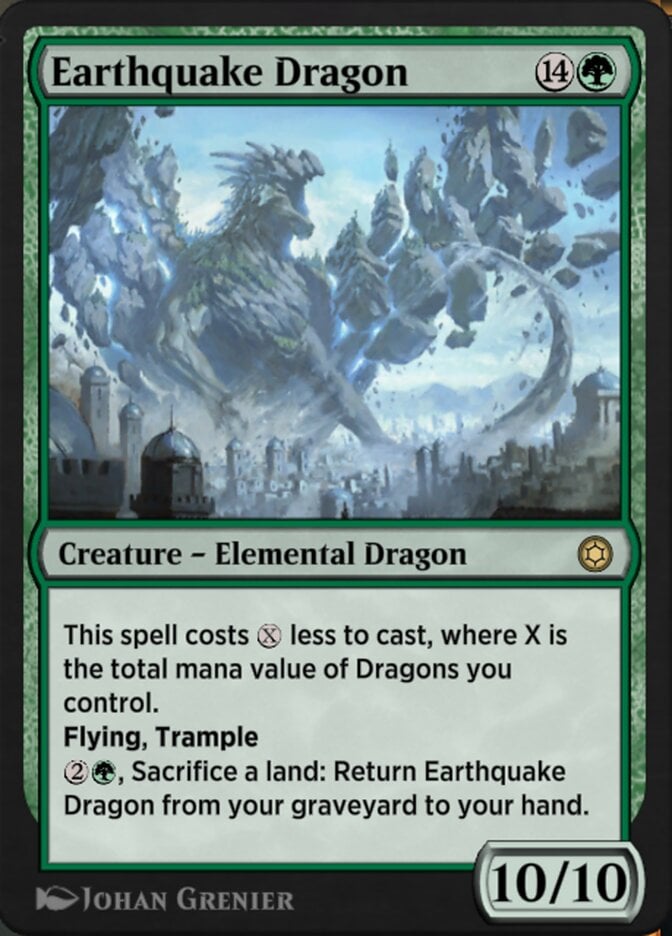

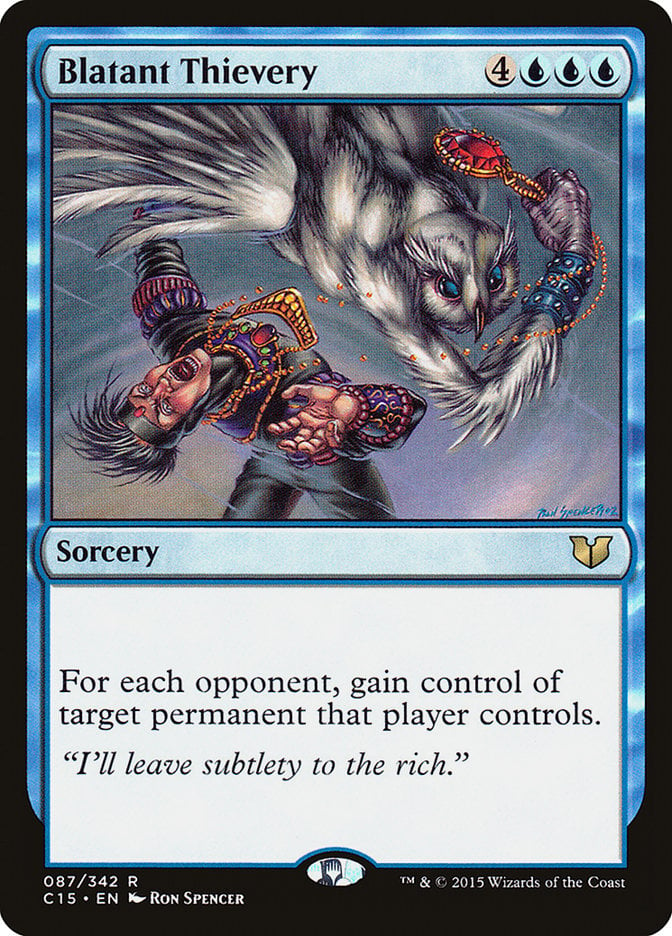
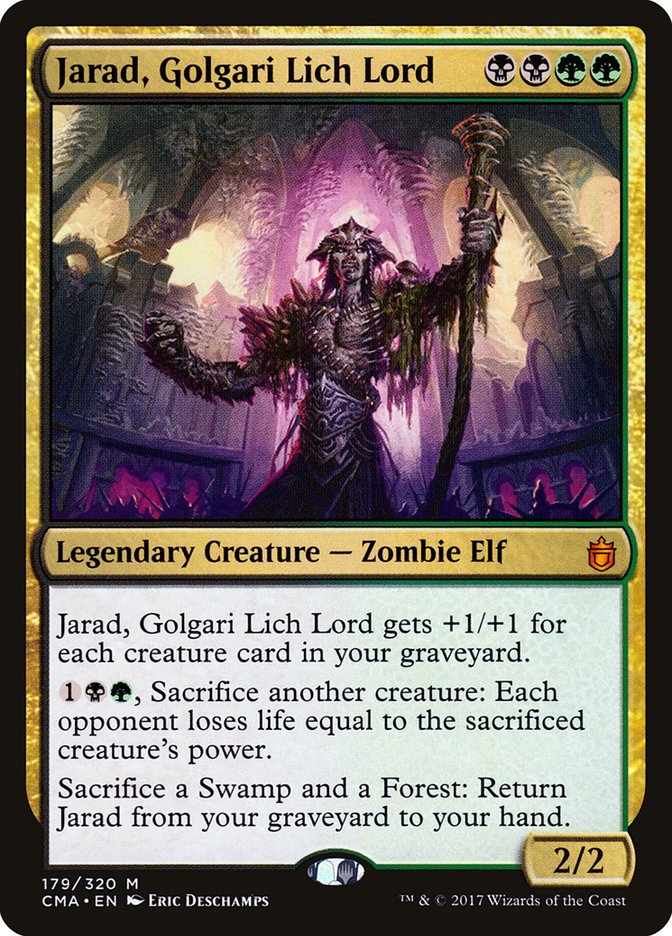








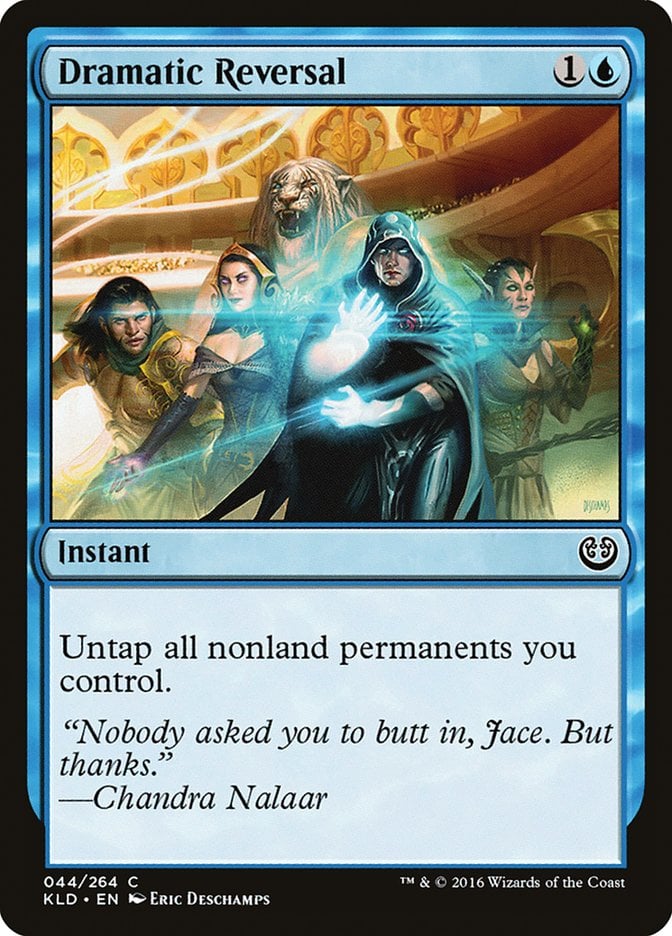


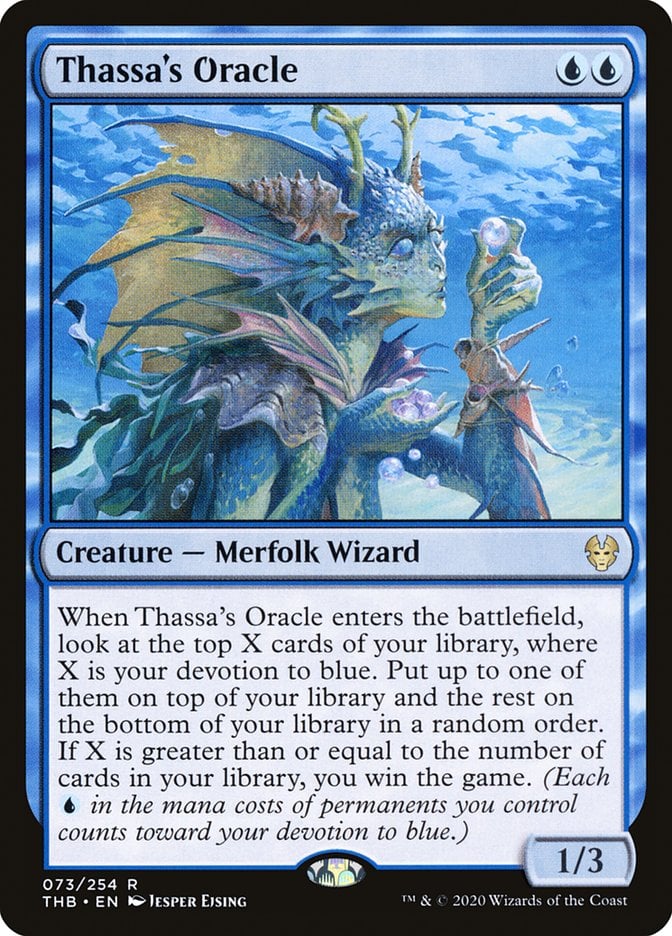
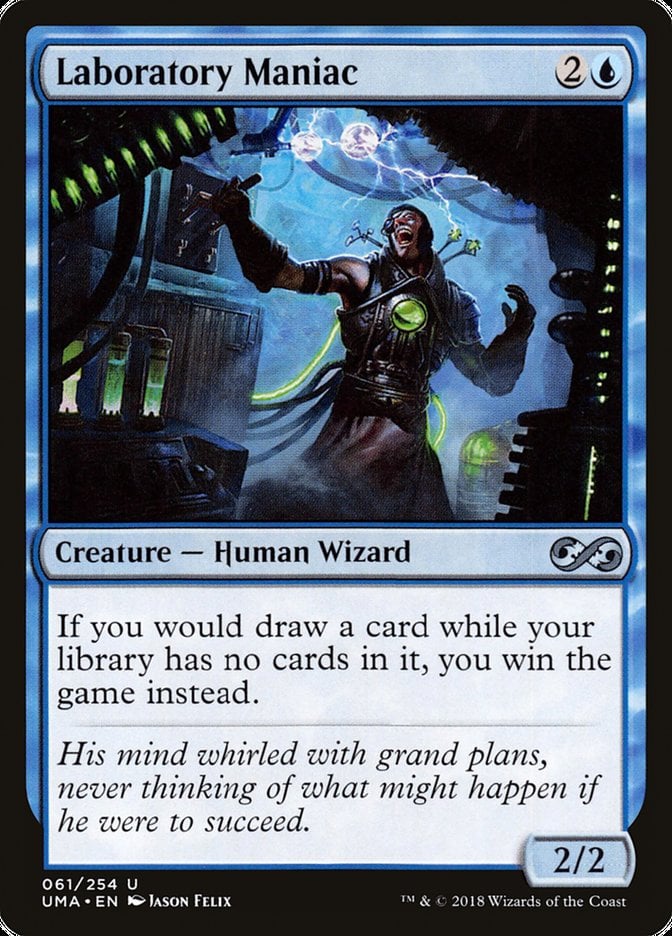
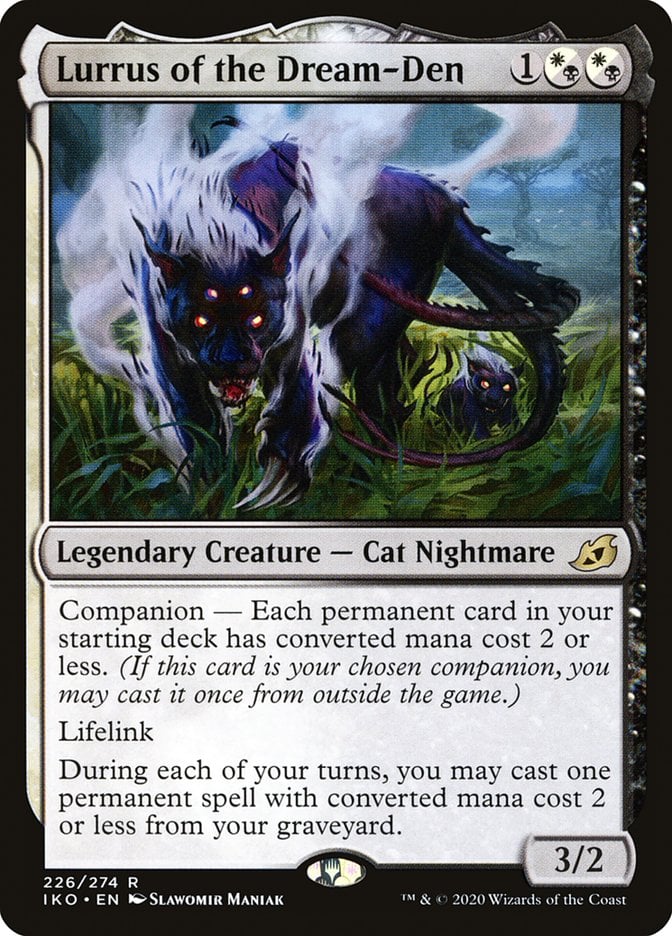
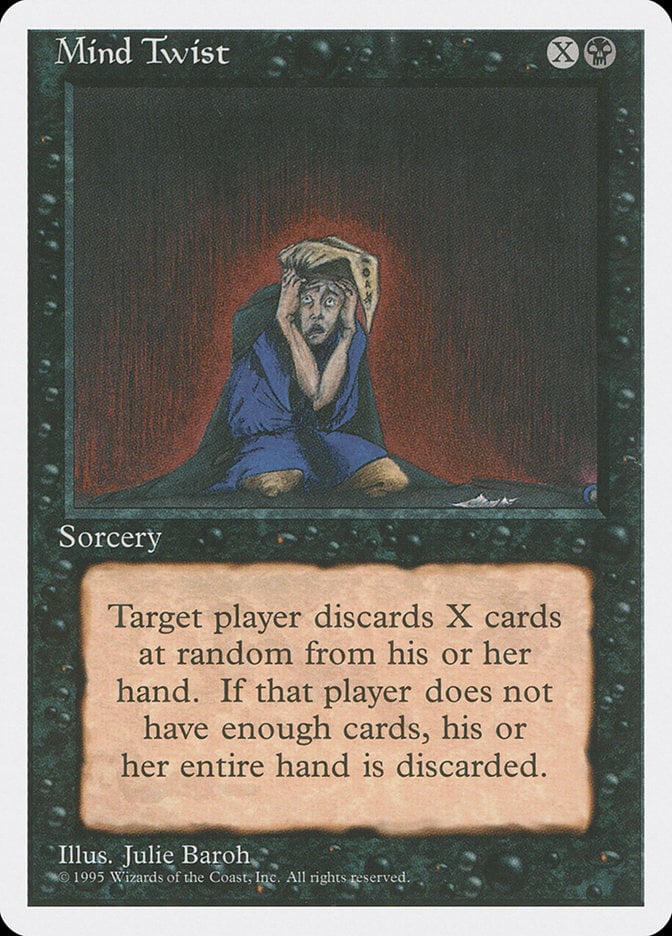
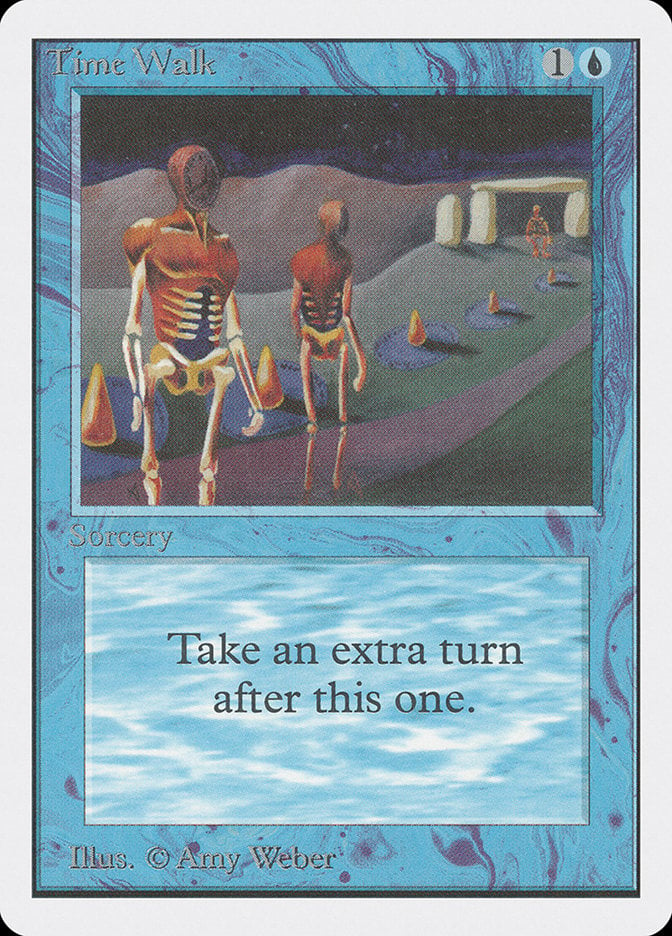


1 Comment
Great article!
Recommend editing this portion at the beginning of the article:
“Commanders must always be a legendary creature…”,
and append some asterisk or parantheses caveat detailing “minus a few designated Planeswalkers”
Add Comment